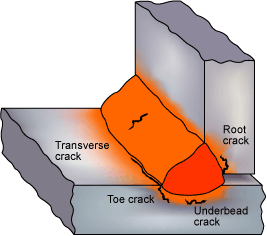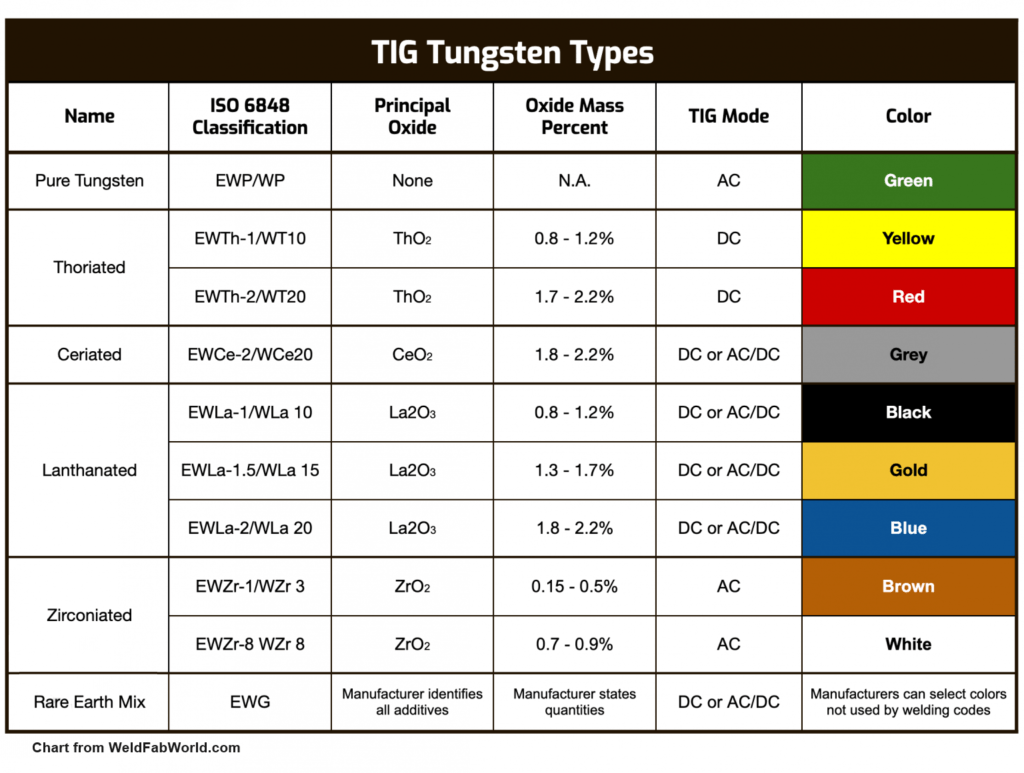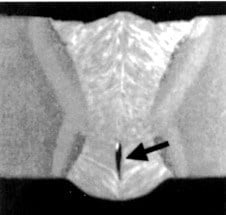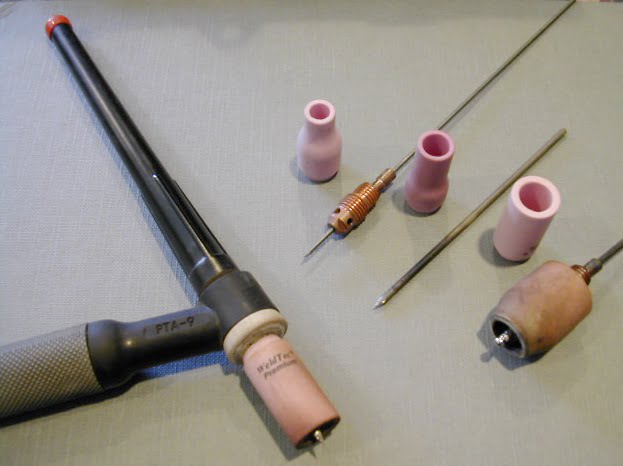Shielded Metal Arc Welding (SMAW): The Complete Guide
Introduction Shielded Metal Arc Welding (SMAW), commonly known as stick welding, is a pivotal manual arc welding process. It employs a consumable electrode enveloped in a flux to fuse metals together. Renowned for its versatility and simplicity, SMAW has earned its place as one of the most widely used welding techniques globally. This comprehensive guide […]






